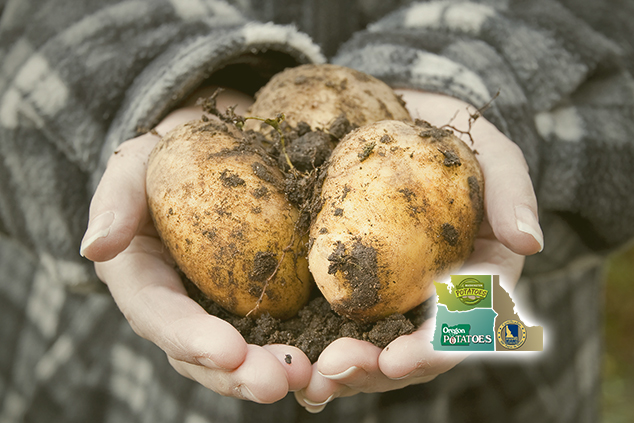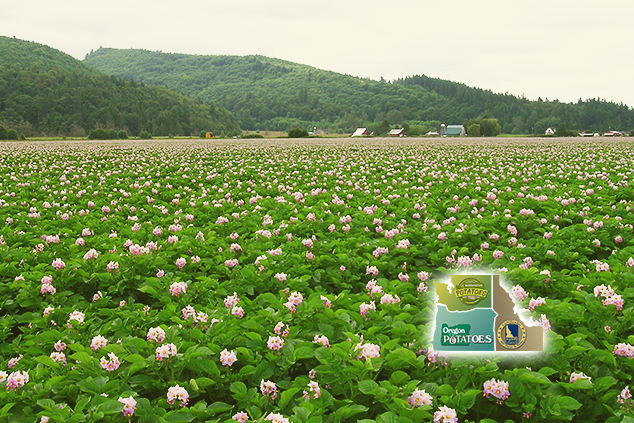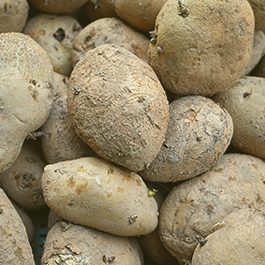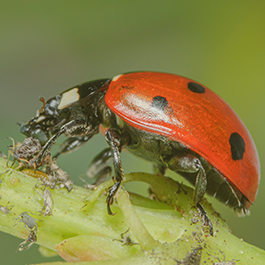Pink Rot
Causal Agent:
Phytophthora erythroseptica
Biology:
Pathogen of potato and many other plants; present in many soils worldwide; tuber infection and decay is worst in warm and excessively wet soils.
Dispersal:
Infection can spread from tuber to tuber during harvest and handling. Infected seed can also spread the disease.
Fungicide Resistance:
P. erythroseptica has begun to demonstrate resistance to fungicides. Fungicides should be rotated frequently to prevent resistance.
Management:
- Plant in well-drained fields without a history of the disease.
- Avoid excessive irrigation late in the growing season, and do not plant in areas of fields expected to become excessively wet.
- Avoid wounding during harvest and transfer to storage.
- Harvest storage crops in cool weather and with cooler pulp temperatures.
- Sort infected tubers at harvest, and process or ship affected lots promptly.
- Some fungicides are active against pink rot, but take care to avoid encouraging fungicide resistance.












